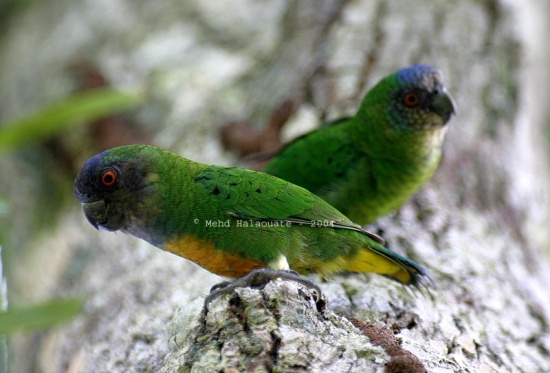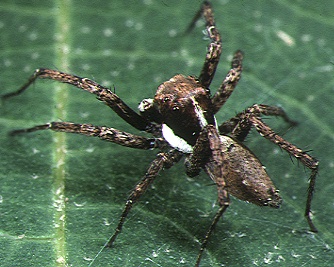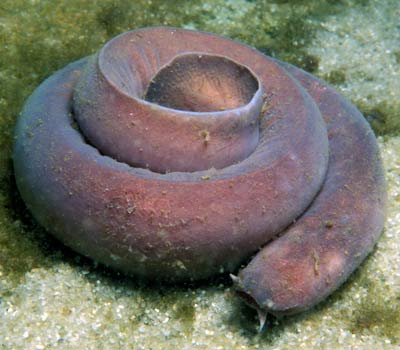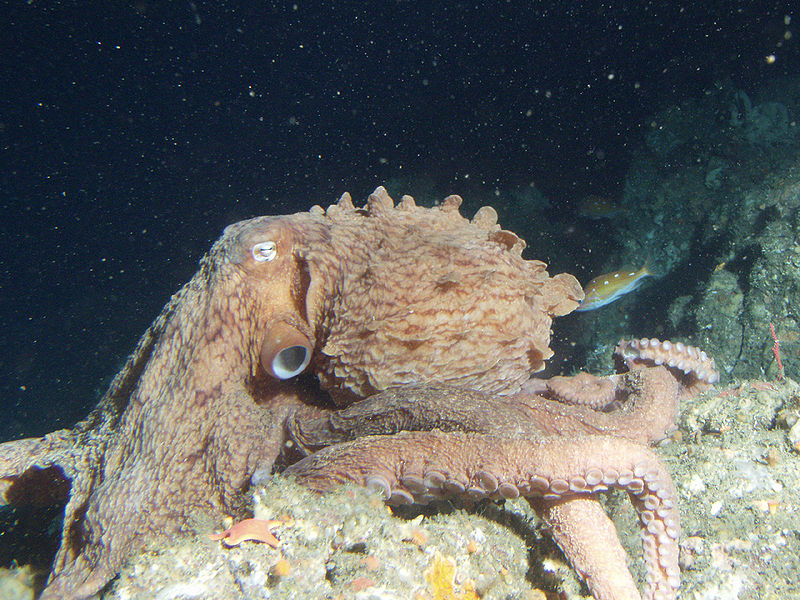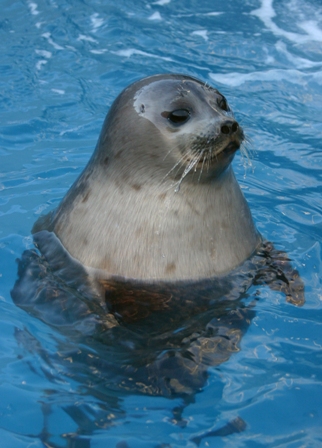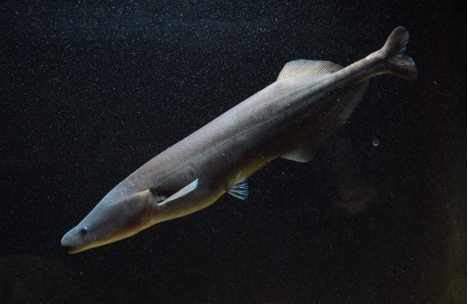
Cool Facts About The Cornish Jack
- Also known as the African Carp, Lele, and Noagbe among other names, the Cornish Jack Fish are not only nocturnal but also slightly electric
- They are a fairly large fish as they can grow up to 150 cm (4.9′) in length and weigh up to 15 kg (33 pounds)
- The Cornish Jack resides in both the peaceful lakes of sub-Saharan Africa but also in the more turbulent river systems
Electric Hunting
Aggressive hunters, the Cornish Jack eat invertebrate larvae and crustaceans while they are young before moving on to a variety of fish species as adults. Cornish Jack Fish uses their electric nature as an effective hunting tool. Emitting weak pulses of electricity, Cornish Jack can navigate murky waters successfully, communicate with its environment, and ultimately catch its prey. Not to mention, they are able to detect various distortions in the electric field surrounding their body, which informs them of the size, distance, and special features of nearby objects. Seriously, how cool is this? Cornish Jack fish will hunt independently or in schools; however, hunting in a group is a more efficient tactic for these electric sensing fish.
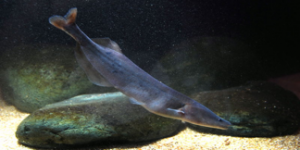
In addition to using their electric sensing capabilities for hunting, Cornish Jack can also distinguish between different electric wavelengths, which allow them determine their school of fish. These hunting groups have also been observed emitting a synchronized burst of electrical impulses, which may function as a mutual group recognition signal.
The Exotic Pest
The population of Cornish Jack in Africa appears to be healthy. Anglers and commercial fisherman alike enjoy catching these interesting fish, but populations are stable. Moreover, the Cornish Jack has been introduced into other areas outside of Africa, such as Australia, where they are considered to be an exotic pest that could threaten the native ecosystems on that continent. I have said it before and I will say it again, when are we going to learn that you can’t just introduce new animals into an ecosystem (or use their DNA to bring back from extinction but that is a debate for another day).

